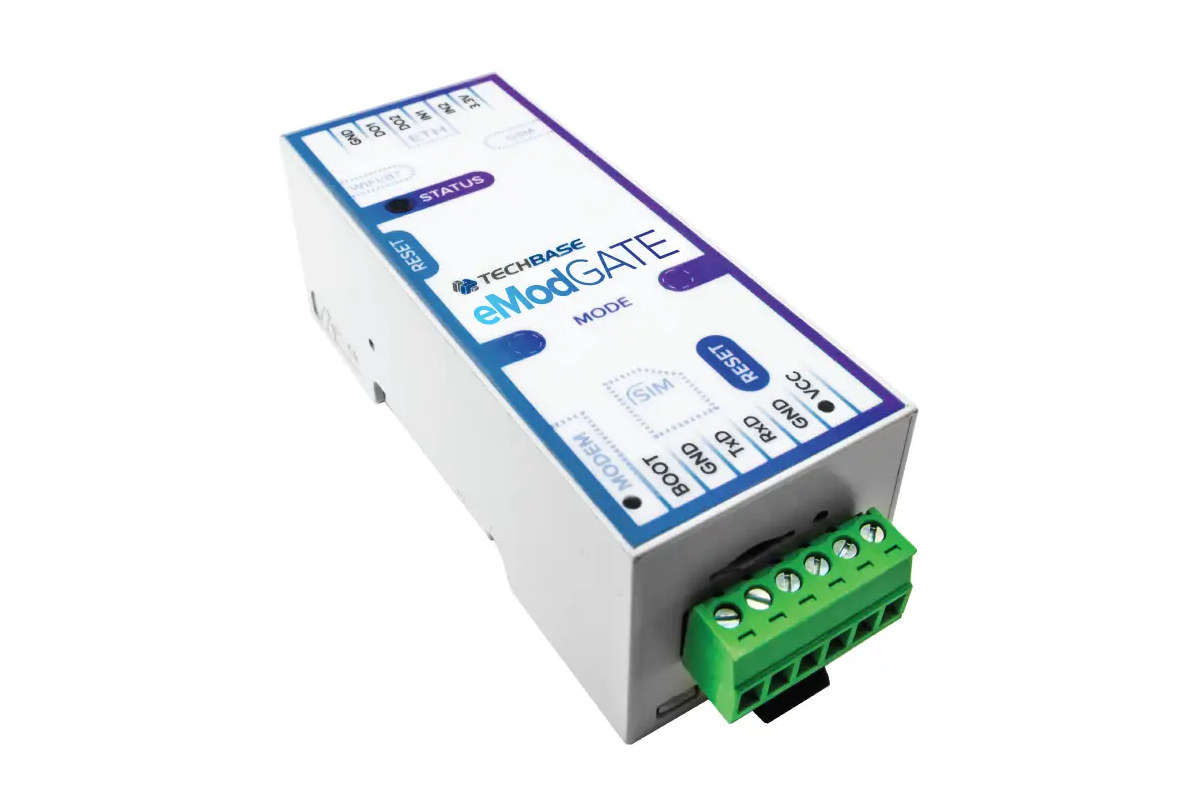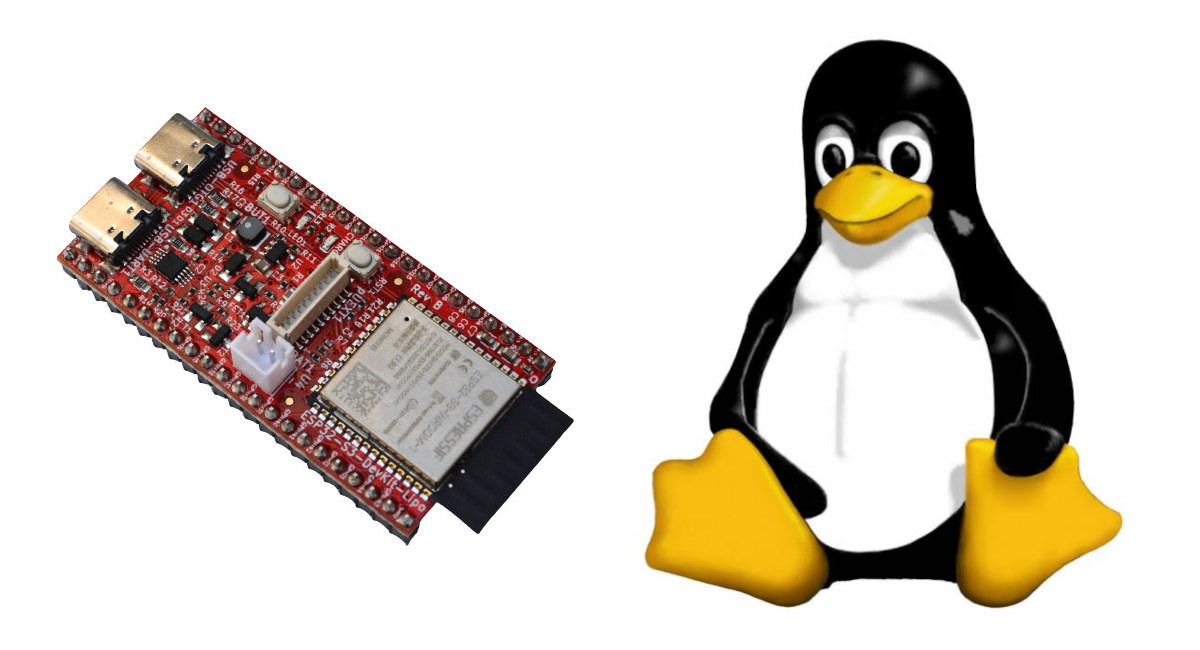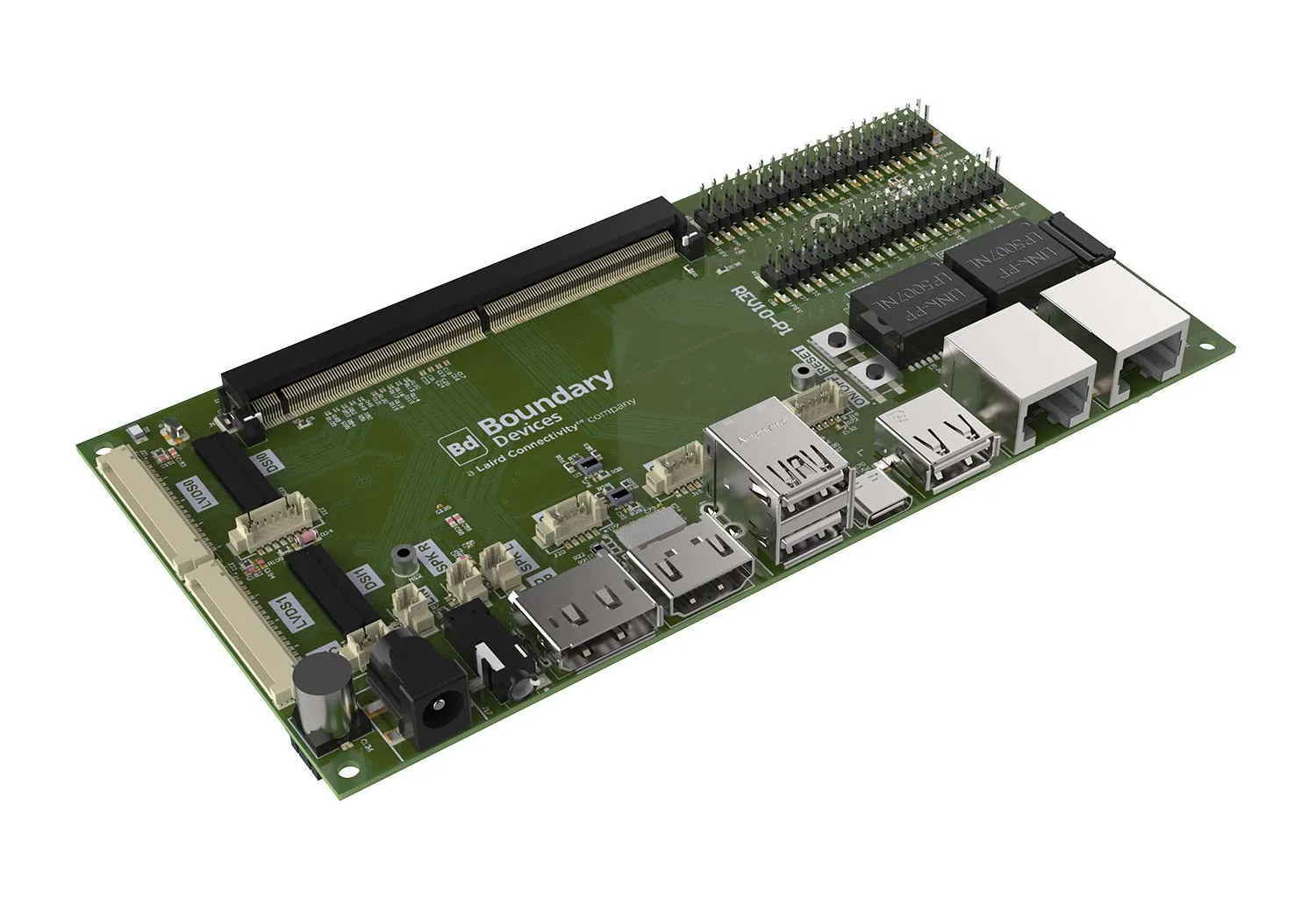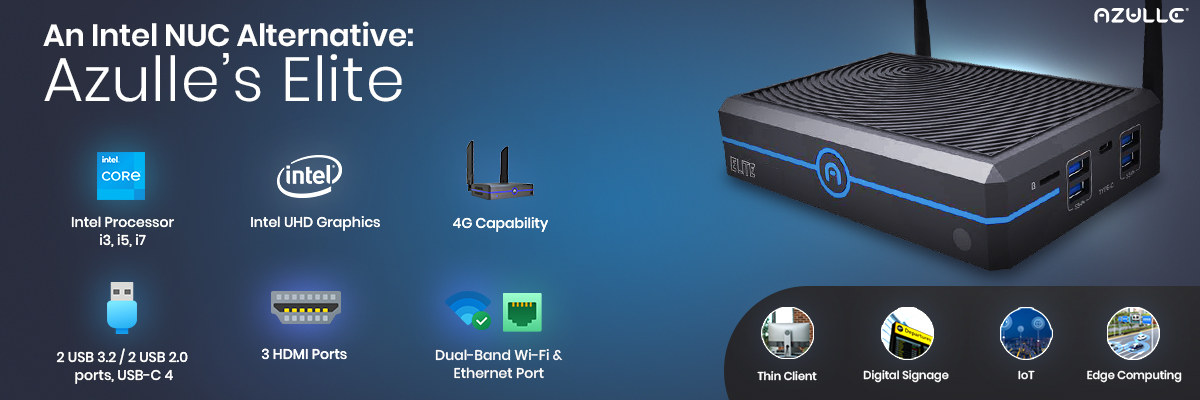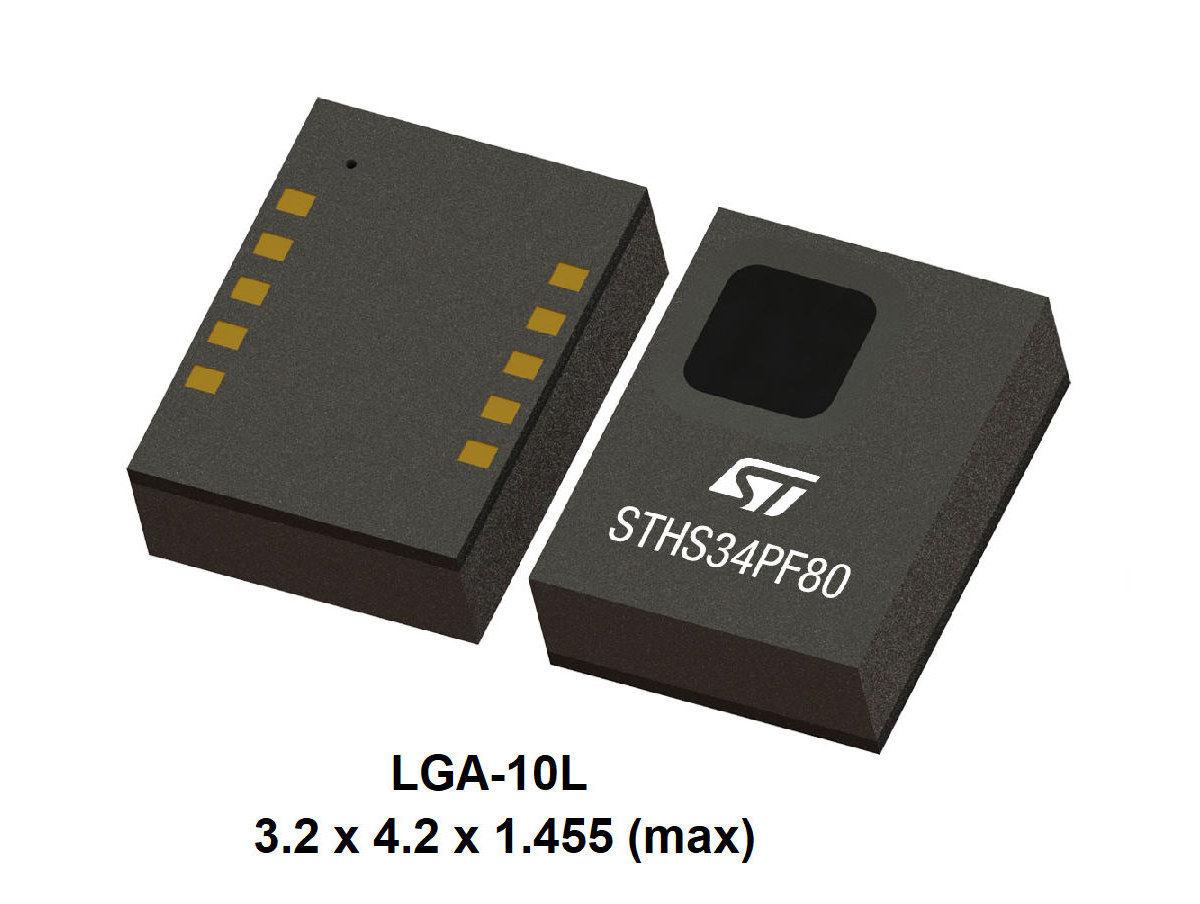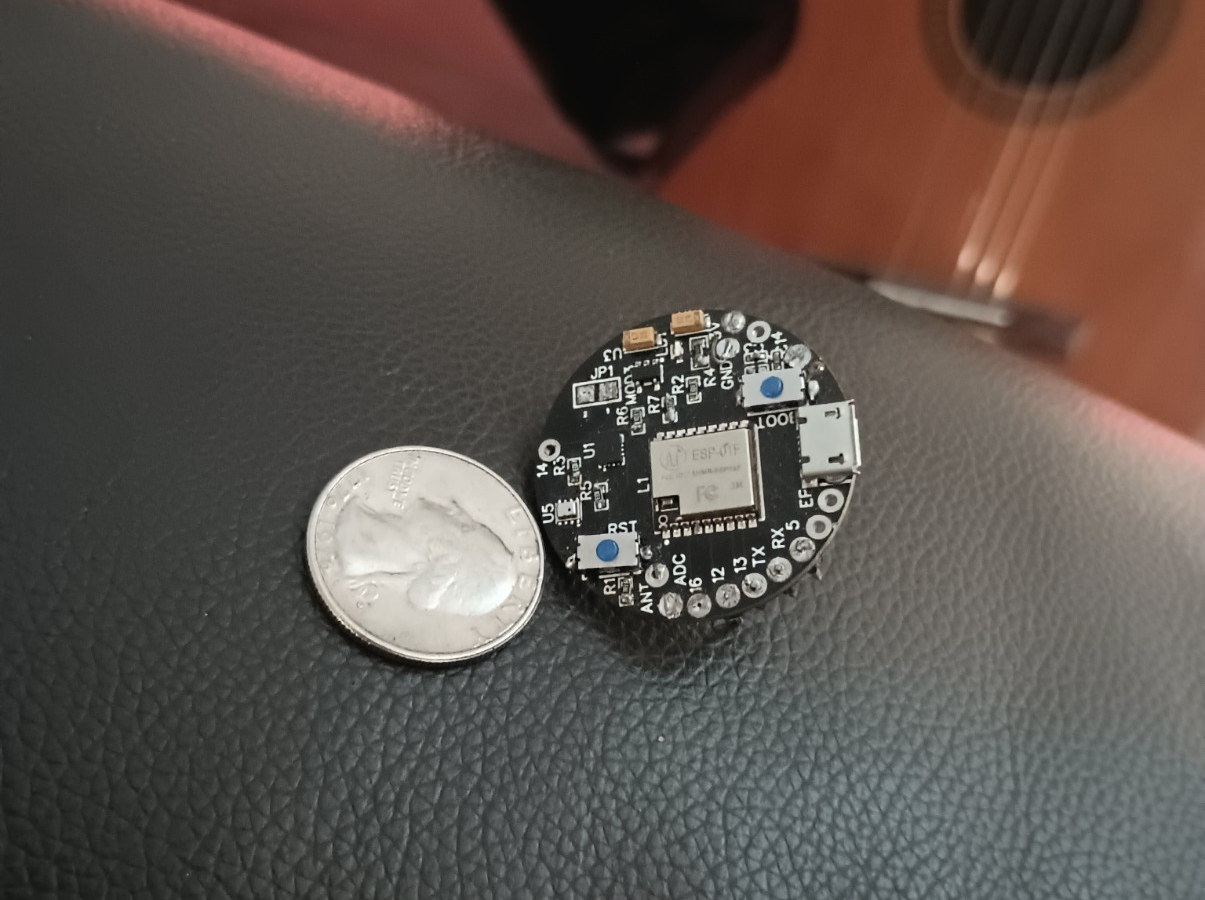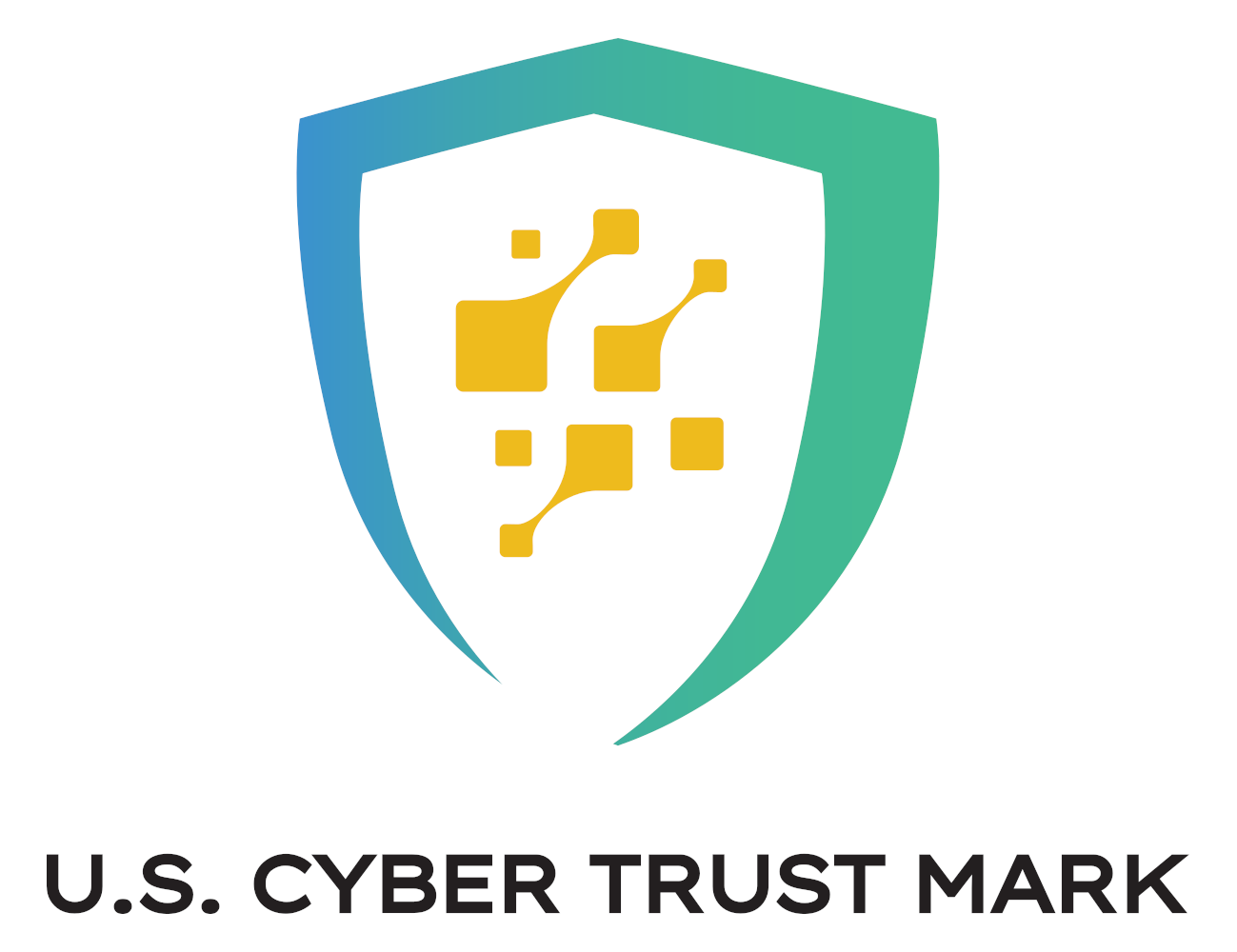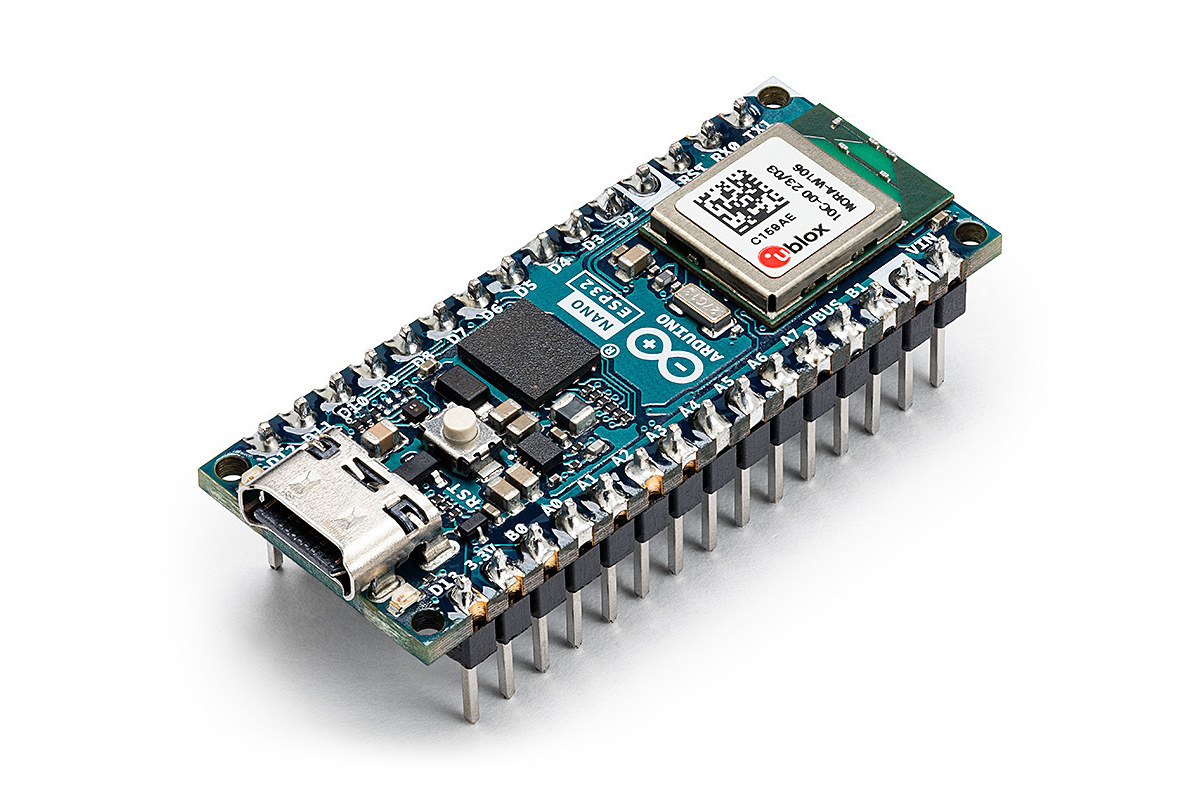TECHBASE eModGATE Moduino X0 is an industrial IoT control based on a choice of ESP32 modules from Espressif and Pycom, equipped with a battery slot for remote installations, and various interfaces to connect sensors or actuators via RS232, RS485, and/or digital I/Os. We first wrote about TECHBASE Moduino-X series ESP32 IoT endpoints almost six years ago with the X1 and X2 models, but since then the company has added more models such as the large X3 and X4 devices with more I/Os, and the new entry-level Moduino X0 that’s similar to the X1, but with battery support instead of a supercapacitor. eModGATE Moduino X0 specifications: ESP32 wireless module/board options ESP32-WROVER with ESP32 dual-core Tensilica LX6 processor @ 240 MHz, 8MB PSRAM, 4MB or 16MB SPI flash Pycom WiPy 3.0 with 4MB RAM, 8MB Flash Pycom SiPy with 512kB RAM, 4MB Flash, Sigfox Pycom LoPy with 4MB RAM, 8MB Flash, Wi-Fi/BT4.2, […]
12 Euros ESP32-S3-DevKit-LiPo board runs Linux 6.3
Olimex ESP32-S3-DevKit-LiPo is a new open-source hardware ESP32-S3 board with 8MB flash, 8MB PSRAM, as well as LiPo battery and JTAG support that can run Linux 6.3, or the more traditional Arduino or MicroPython firmware. The board is based on the ESP32-S3-WROOM-1-N8R8 module, features two USB-C ports for power, programming, and JTAG debugging, plenty of expansion with two rows of I/Os plus a pUEXT connector, Reset and Boot buttons, and a couple of LEDs. ESP32-S3-DevKit-LiPo specifications: Wireless module – Espressif ESP32-S3-WROOM-1-N8R8 with SoC – ESP32-S3 dual-core LX7 microprocessor @ up to 240 MHz with Vector extension for machine learning, WiFi 4 & Bluetooth 5 LE/Mesh Memory – 8MB OSPI PSRAM Storage – 8MB QSPI flash PCB antenna Dimensions – 25.5 x 18.0 x 3.1 mm USB 1x USB Type-C OTG port also used for JTAG/Serial 1x USB Type-C port for USB-serial programming and power Expansion 2x 22-pin GPIO headers pUEXT […]
Tungsten700 SMARC SoM and devkit features MediaTek Genio 700 AIoT processor
Laird Connectivity Tungsten700 SOM is a SMARC system-on-module powered by a MediaTek Genio 700 Arm Cortex-A78/A55 AIoT processor with up to 8GB LPDDR4, 16GB eMMC flash, and a Sona MT320 Wi-Fi 6/Bluetooth 5.3 module based on the Filogic 320 chipset. The board was designed by Boundary Devices, recently acquired by Laird, and is offered with a SMARC 2.1 carrier board that can be used for development or as a single board computer integrated into designs. Tungsten700 SMARC module Tungsten700 specifications: SoC – MediaTek Genio 700 (MT8390) CPU – Octa-core processor with 2x Arm Cortex-A78 cores @ up to 2.2 GHz, 6x Arm Cortex-A55 cores @ up to 2.0 GHz GPU – ARM Mali-G57 MC3 GPU VPU as in “Video Processing Unit” Encode up to 4Kp30 HEVC/H.264 Decode up to 4Kp75 HEVC/H.264/AV1/VP9 VPU as in “Vision Processing Unit” – Tensilica VP6 Vision Processing Unit ISP Single Camera: 32MP @ 30FPS Dual […]
An Intel NUC Alternative: Azulle’s Elite (Sponsored)
When it comes to compact and powerful computing solutions, the Intel NUC (Next Unit of Computing) series has long been a favorite among tech enthusiasts. However, since Intel’s most recent End of Life announcement for the NUC line, the market has changed to a series of highly effective alternatives. Azulle Elite – An Intel NUC alternative Azulle’s Elite is here to challenge that dominance. With its cutting-edge 13th Gen Raptor Lake CPU, quick-turn configure-to-order advantage, and a host of impressive features, the Elite offers a compelling alternative to the Intel NUC lineup. Azulle’s Elite is the latest model in a series of generational models that have existed for years, now perfected, and designed to fit all enterprise-level needs. Just like its former Intel NUC counterparts, the Elite offers the perfect combination of size, performance, sustainability, and reliability to power modern businesses. The sleek design and small footprint make it an […]
STMicro STHS34PF80 IR sensor for motion and presence detection aims to replace PIR sensors
STMicro STHS34PF80 is a new IR sensor designed for IoT and Smart Home devices requiring motion and/or presence detection that offers an alternative to traditional passive infrared (PIR) sensors and is mostly useful for building automation. The latest IR sensor from STMicro contains thermal transistors (MOSFETs) that can not only detect motion but also stationary objects, something that’s not feasible with conventional PIR detectors that require motion for object detection. The company further adds that PIR sensors need a Fresnel lens to sense moving objects, but the STHS34PF80 detector does not require a lens and as a result, enables much smaller designs. STHS34PF80 key features and specifications: Range up to 4 meters without lens for objects measuring 70 x 25 cm² Integrated silicon IR filter IR sensitivity – 2000 LSB/°C RMS noise – 25 LSBrms Operating wavelength – 5 µm to 20 µm Local temperature sensor accuracy – ±0.3 °C […]
ButtonBoard is a 3cm round WiFi IoT board with BME280 and IMU sensors (Crowdfunding)
ButtonBoard is a tiny round-shaped board based on the ESP-01F WiFi IoT module (ESP8285), equipped with a BME280 air pressure, humidity, and temperature sensor, an IMU sensor, and designed for wearables electronics projects. ButtonBoard specifications: Wireless module – ESP-01F module with ESP8285 Tensilica L106 microcontroller @ 80/160 MHz with 2.4GHz WiFi connectivity, PCB antenna; package: 11 x 10 mm USB – Micro USB port Sensors Bosch Sensortec BME280 pressure, temperature, and humidity sensor, and altimeter. IMU sensor Expansion – Through holes for up to 10x GPIOs, I2C, SPI, USART Misc – Reset button Power Supply – 5V via micro USB port; onboard power management Dimensions – About 3cm diameter The ButtonBoard can be programmed with the Arduino IDE via USB or WiFi, MicroPython, Lua, and Scratch, and they also mention support for ChatGPT through the current API, but I could not find any code samples at this time. They do […]
FCC and NIST unveils the Cyber Trust Mark, a voluntary US IoT security label
Representatives of the Federal Communications Commission (FCC) and the National Institute of Standards and Technology (NIST) have recently unveiled a U.S. national IoT security label at the White House called the “U.S. Cyber Trust Mark” to inform consumers about the security, safety, and privacy of a specific IoT and Smart Home device. IoT security has been a problem for years with routers shipping with telnet enabled with default usernames and passwords, vulnerabilities in SDKs, unencrypted passwords transmitted over the network, millions of devices with older microcontrollers without built-in hardware security features, etc… There have been industry efforts to solve this such as the Arm PSA initiative, as well as regulations to prevent default usernames/passwords in new devices, but nothing about IoT security that can help a consumer find out if a device is supposed to be secure or not. The Cyber Trust Mark is supposed to address this issue. The […]
ESP32-S3 based Arduino Nano ESP32 board supports Arduino and MicroPython programming
The Arduino Nano ESP32 is an ESP32-S3-based WiFi and Bluetooth microcontroller board designed for IoT applications for hobbyists and enterprise use cases. The new Nano board comes with 8 MB PSRAM and 16 MB flash storage and can be programmed with either the Arduino or MicroPython languages. It’s not the first ESP32 board from Arduino, as the Nano RP2040 Connect pairs a Raspberry Pi RP2040 MCU with an ESP32 module from u-Blox and the just-released Arduino UNO R4 WiFi marries a Renesas RA4M1 Arm Cortex-M33 MCU with an ESP32-S3-MINI-1 module. But the Arduino Nano ESP32 is different since it’s the first ESP32 board from Arduino where the Espressif chip is the only microcontroller onboard and handles both wireless connectivity and GPIOs. Arduino Nano ESP32 specifications: Wireless module – u-Blox NORA-W106-10B with MCU – ESP32-S3 dual-core Xtensa LX7 microcontroller @ up to 240 MHz with vector extensions, 512KB SRAM, 384KB ROM, […]


